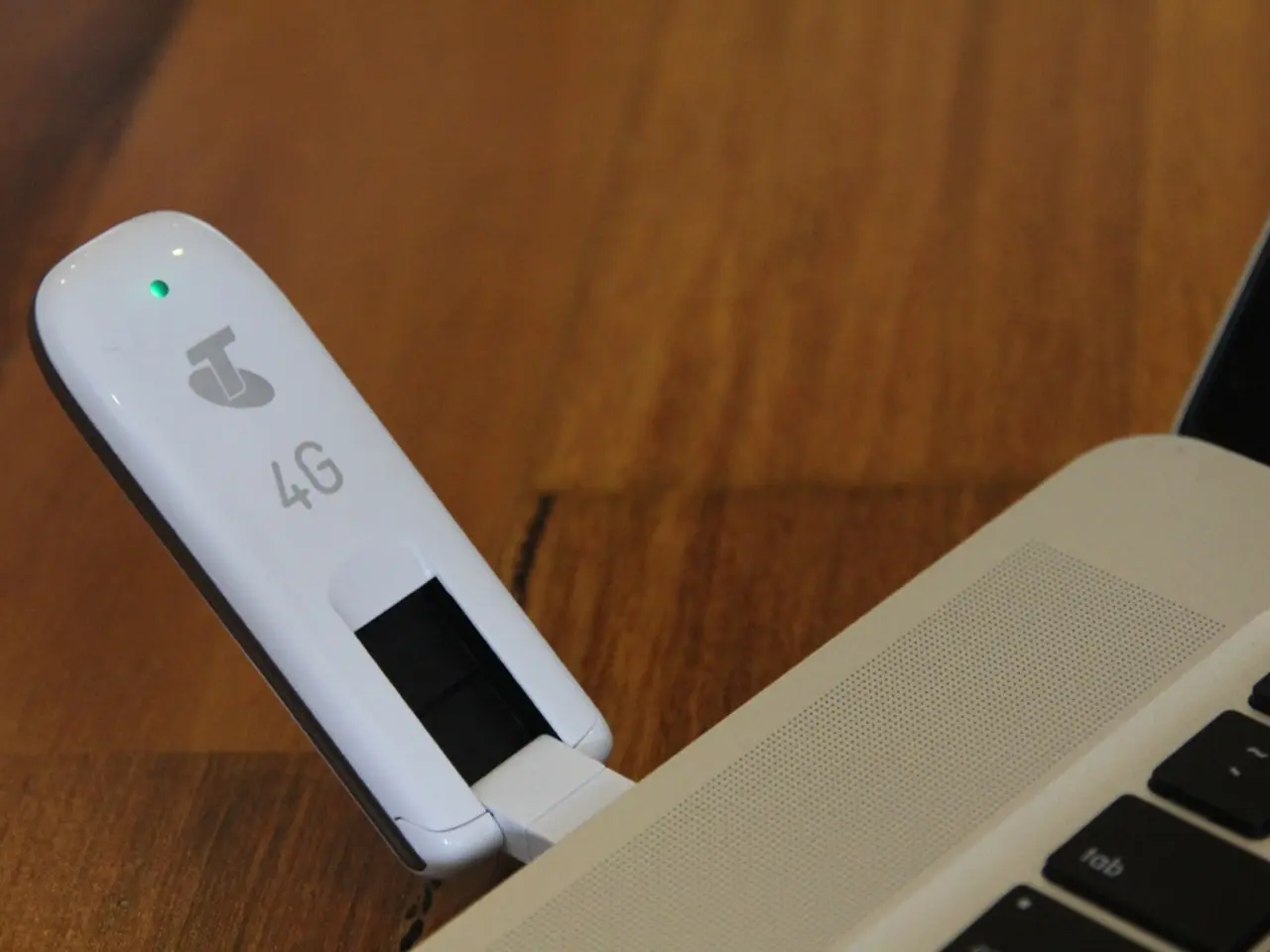Digital Network Integration (ISDN) Service
The Integrated Services Digital Network (ISDN), first introduced in 1984, and the Public Switched Telephone Network (PSTN) are two significant advancements in telecommunications technology. Let's delve into the differences between these two systems.
ISDN, a product of the standards defined by the International Telecommunication Union (ITU-T), is a digital network that supports both voice and non-voice applications. Unlike PSTN, ISDN offers a layered protocol architecture, enabling it to support switched and non-switched applications.
One of the key differences between ISDN and PSTN lies in their functionalities. ISDN consists of bearer services, which provide the transfer of voice, data, and video information without manipulating the content, and teleservices, which change or process the contents of the data. Bearer services belong to the first three layers of the Open Systems Interconnection (OSI) model and are well-defined in the ISDN standard. Teleservices, on the other hand, correspond to layers 4-7 of the OSI model.
ISDN channels offer several advantages over PSTN. They provide a reliable connection, facilitate multiple digital channels, have a faster data transfer rate, and offer efficient use of bandwidth. However, ISDN has its drawbacks. It is costlier than other telephone systems, requires specialized digital devices, has high installation and maintenance costs, and has limited features and coverage.
In contrast, PSTN, the traditional telephone network, is an analog network that primarily carries voice calls. It does not have the same capabilities as ISDN, such as supporting multiple digital channels or a faster data transfer rate.
In conclusion, while both ISDN and PSTN have their merits, ISDN offers a more advanced and versatile digital network, capable of supporting a wider range of applications and services. However, its higher cost and more complex infrastructure make it less accessible for some users compared to PSTN. Understanding these differences is crucial for making informed decisions about telecommunications technology.
Read also:
- Emergency services of the future revealed by Renault with the introduction of the Vision 4Rescue vehicle.
- Artificial Intelligence Shaping Political Campaign Advertisements
- European consumers are on the brink of experiencing a significant leap forward in electric vehicle (EV) charging technology, as Chinese automaker BYD prepares to unveil its innovative advancements.
- SonicWall executive Michael Crean discusses the current state of managed security








